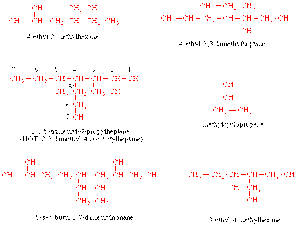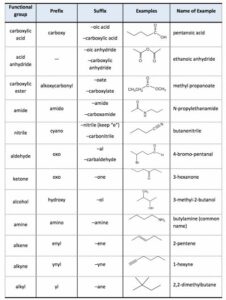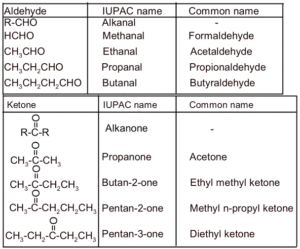Back to: Organic Chemistry 100 Level
Welcome to class!
Hey there, superstar! I’m super proud of you for showing up again today. You’re truly on your way to becoming an Organic Chemistry champ. Today, we’re going to learn how to name organic compounds properly—yes, the same way scientists around the world do. Don’t worry, it’s not about memorising big names; it’s about understanding a simple system that anyone (yes, even you!) can use easily. Let’s get into it together.
Nomenclature Of Organic Compounds
What is Nomenclature?
Nomenclature simply means naming. In Organic Chemistry, we use a standard method created by a global body called IUPAC (International Union of Pure and Applied Chemistry). This ensures that no matter where you are—in Lagos, London, or Nairobi—scientists will understand what compound you’re talking about just by hearing its name.

Why Do We Need a Naming System?
Imagine this: You and your friend call the same food by different names. You call it “beans,” and he calls it “ewa.” Now, imagine 10 people calling it 10 different names. Confusing, right? That’s why chemists use one official system, so there’s no mix-up.
Basic Rules for Naming Organic Compounds
The IUPAC system is based on 3 main parts:
Prefix: Tells us about the side chains or functional groups attached.
Parent name: Tells us the number of carbon atoms in the longest continuous chain.
Suffix: Tells us the type of compound or functional group present.
Number of Carbon Atoms (Parent Name):
1 carbon: Meth
2 carbons: Eth
3 carbons: Prop
4 carbons: But
5 carbons: Pent
6 carbons: Hex
(…and it goes on)
Type of Bond (Suffix):
Single bond (alkane): –ane (e.g. methane)
Double bond (alkene): –ene (e.g. ethene)
Triple bond (alkyne): –yne (e.g. butyne)
Functional Group Examples:
Alcohol: –ol (e.g. ethanol)
Carboxylic acid: –oic acid (e.g. ethanoic acid)

Ketone: –one (e.g. propanone)
Aldehyde: –al (e.g. methanal)
Halogen (Cl, Br, I): chloro, bromo, iodo as prefixes.
How to Name a Compound (Step-by-Step)
Let’s name this compound:
CH₃–CH₂–CH₃
Longest chain: 3 carbon atoms → Prop
All single bonds → Propane
Another one:
CH₃–CH₂–OH
Longest chain: 2 carbon atoms → Eth
Functional group is alcohol (–OH) → Ethanol
What If There’s a Branch?
Let’s say:
CH₃–CH(CH₃)–CH₃
Longest chain: 3 carbon atoms → Propane

There’s a side chain (methyl group) on the second carbon → 2-methylpropane
Summary
- Nomenclature is the system used to name organic compounds in a clear, standard way.
- The name has three parts: prefix, parent name (number of carbons), and suffix (functional group/type of bond).
- Use IUPAC rules to avoid confusion and ensure accurate communication in chemistry.
- Always start by identifying the longest carbon chain, then number it to give the lowest numbers to important groups.
Evaluation
- What does IUPAC stand for?
- Name the compound with the formula CH₄.
- What suffix is used for alcohols?
- What is the name of a four-carbon alkene?
- How would you name CH₃–CH₂–COOH?
Excellent work today! You’ve just unlocked the naming system used by chemists all over the world. Remember, understanding this is like learning a secret language—and now you’re fluent! With Afrilearn, you’re not just learning, you’re growing in confidence and skill. Keep going, champ. I’ll see you in the next class!
